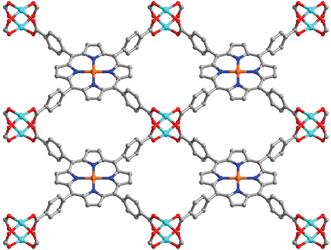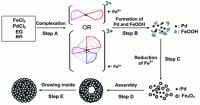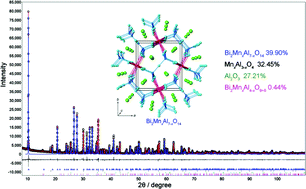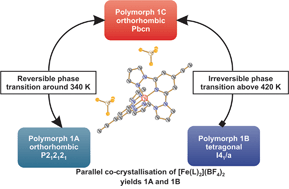Wilson’s disease is a rare genetic condition caused by inheriting an abnormal copy of the Wilson disease protein (ATP7B) gene. The disease affects approximately 1-4 people per 100,000 and prevents sufferers from regulating the concentration of copper within their body, inducing a copper overload.
The redox properties of copper make it a very important metal biologically and it is involved in a wide range of enzymatic processes. The anti-oxidant enzyme superoxide dismutase for example is expressed in all cells and is part of our anti-oxidant defence, while the more specialised dopamine β-hydroxylase is only expressed in the brain and is involved in dopamine conversion. Balancing the amount of copper we have in our bodies is crucial for good health, having a copper deficit would hinder vital functions, but having an excess can cause oxidative stress by promoting the formation of hydroxyl radicals.
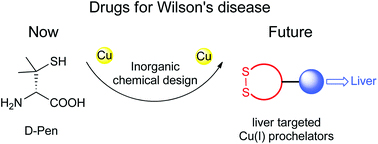
Designing new drugs to treat Wilson’s disease which can be targeted to the liver, where excess copper is found
Treating Wilson’s disease involves life-long chelation therapy, this is the application of compounds designed to bind to the excess copper ions and allow them to be safely excreted. This Hot Perspective by Pascale Delangle and Elisabeth Mintz reviews the drugs currently in use and gives insight in to the development of more advanced treatments, highlighting the design of bio-inspired chelating agents and drug targeting.
l
To find out more you can download this article now, which is free to access for 4 weeks!
l
lll
Chelation therapy in Wilson’s disease: from D-penicillamine to the design of selective bioinspired intracellular Cu(I) chelators
Pascale Delangle and Elisabeth Mintz
Dalton Trans., 2012, Advance Article
DOI: 10.1039/C2DT12188C
l
To stay up to date with the latest news in inorganic chemistry you can also follow us on twitter and sign up to our e-alert service.











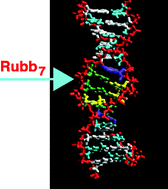
 The presence of C–F bonds in organic compounds has a dramatic influence on their physical, chemical and biological properties. Metal mediated reactions that result in C–F bond formation or C–F bond activation have attracted considerable attention as the demand for organofluorine compounds has increased. Metal-catalysed decarboxylative cross-coupling reactions using trifluoracetate as a cheap source of introducing “CF3” represents an attractive approach. Until now, little has been known about the fragmentation mechanisms of metal trifluoracetates. In this Dalton Transactions HOT article, Rijs and O’Hair use a combination of gas-phase 3D quadrupole ion trap mass spectrometry experiments and density functional theory (DFT) calculations to examine the mechanism of thermal decomposition of fluorinated coinage metal carboxylates. Synthetic chemists should be able to use these results to design new ways of incorporating CF3 and F fragments using trifluoroacetate.
The presence of C–F bonds in organic compounds has a dramatic influence on their physical, chemical and biological properties. Metal mediated reactions that result in C–F bond formation or C–F bond activation have attracted considerable attention as the demand for organofluorine compounds has increased. Metal-catalysed decarboxylative cross-coupling reactions using trifluoracetate as a cheap source of introducing “CF3” represents an attractive approach. Until now, little has been known about the fragmentation mechanisms of metal trifluoracetates. In this Dalton Transactions HOT article, Rijs and O’Hair use a combination of gas-phase 3D quadrupole ion trap mass spectrometry experiments and density functional theory (DFT) calculations to examine the mechanism of thermal decomposition of fluorinated coinage metal carboxylates. Synthetic chemists should be able to use these results to design new ways of incorporating CF3 and F fragments using trifluoroacetate.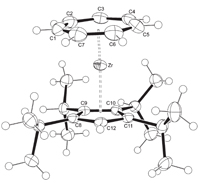 Ferrocene
Ferrocene